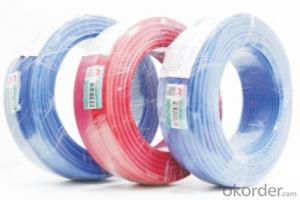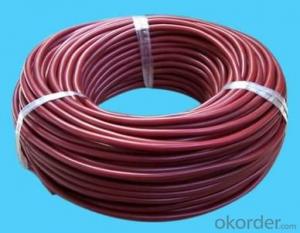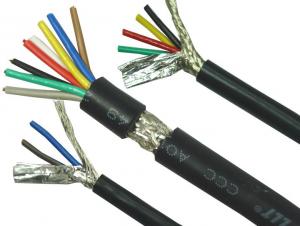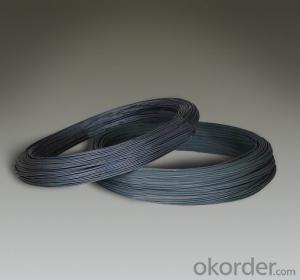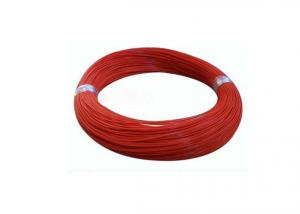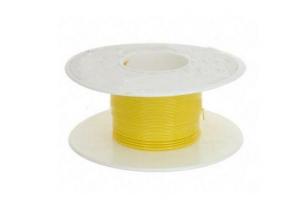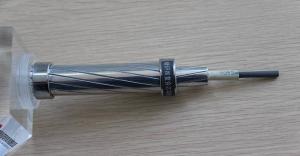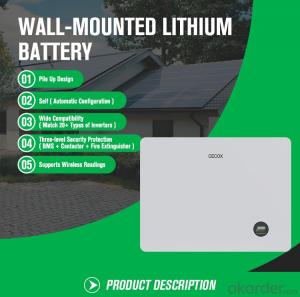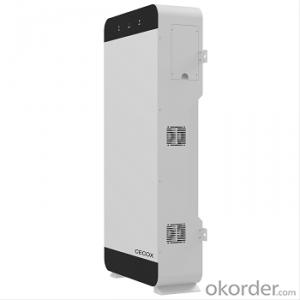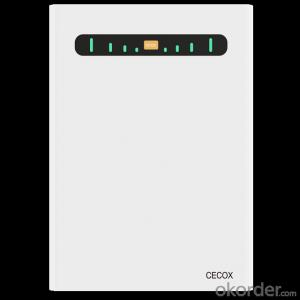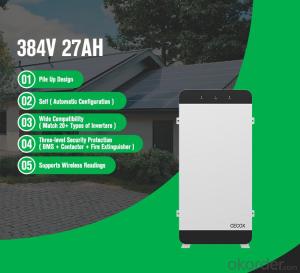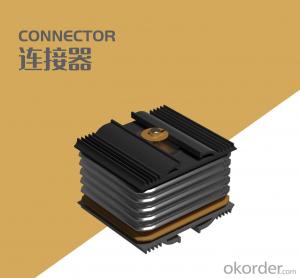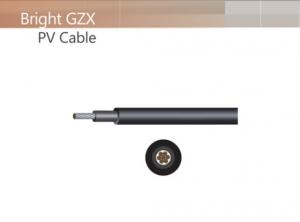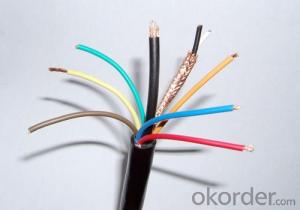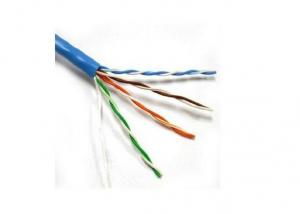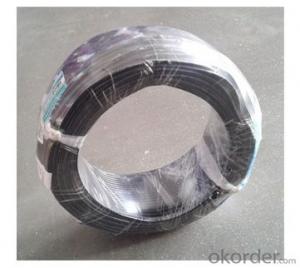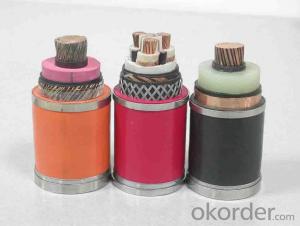Flat TPS Cable PVC 450/750V 3C Copper AS/NZS 5000.2
OKorder Service Pledge
OKorder Financial Service
You Might Also Like
Flat TPS Cable PVC 450/750V 3C Copper AS/NZS 5000.2
Applications:
Easi-peel sheath for general wiring unenclosed, in conduit, buried direct or in underground ducts for domestic, commercial and industrial installations where not subject to mechanical damage.
Rated voltage: 450/750V
Conductor: Copper 1~16 mm2
Insulation: PVC, V-90. Red, White and Blue
sheath: PVC, 3V-90. White
Environmental performance: Normal operating temp. 75℃
Standards compliance: AS/NZS 5000.2
Parameter sheet

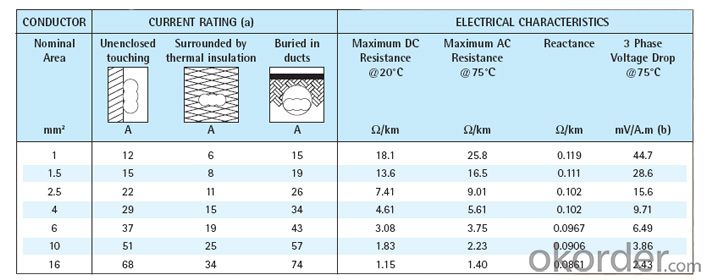
Production facility
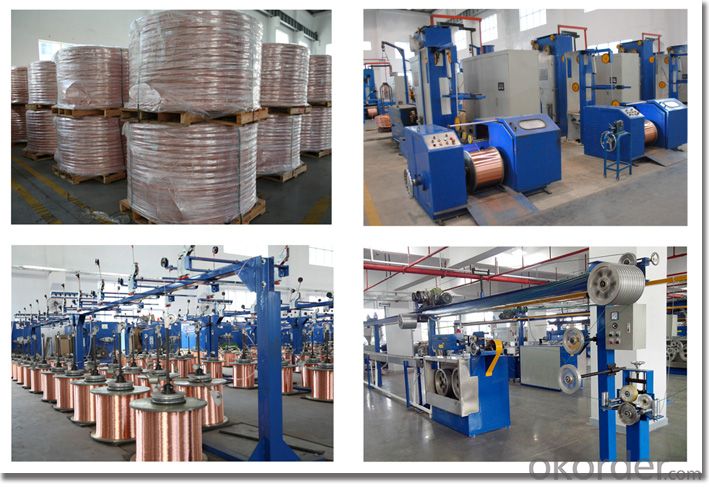

Main Quality Inspection Equipment
Sparker tester,Heating aging Chamber,High resistance machine, Oxygen index equipment, Partial discharge inspection instruments, Fireproof testing device,High-power voltage withstand tester,No-rotor Vulkameter,Pull tester,Analytical balance,Direct current bridge,Plastic tester,Projector, Punch machine,Cross-linked cutting machine,etc.
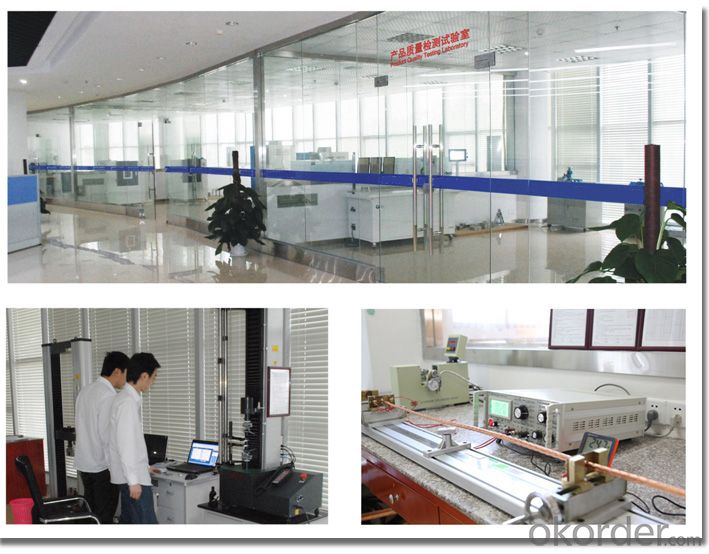
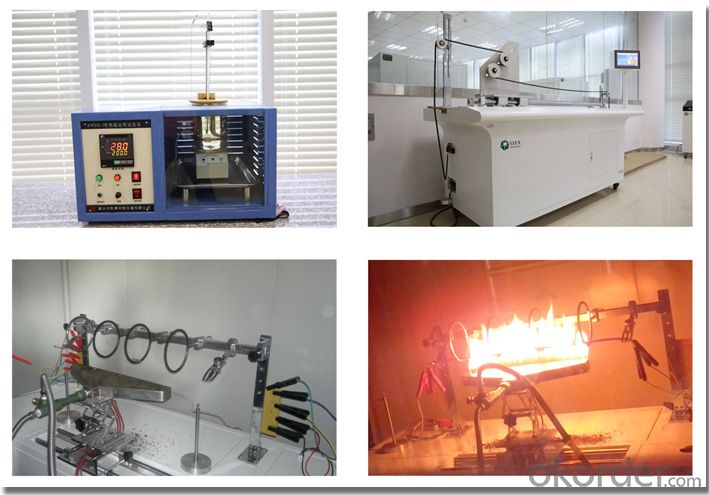
Company Overview

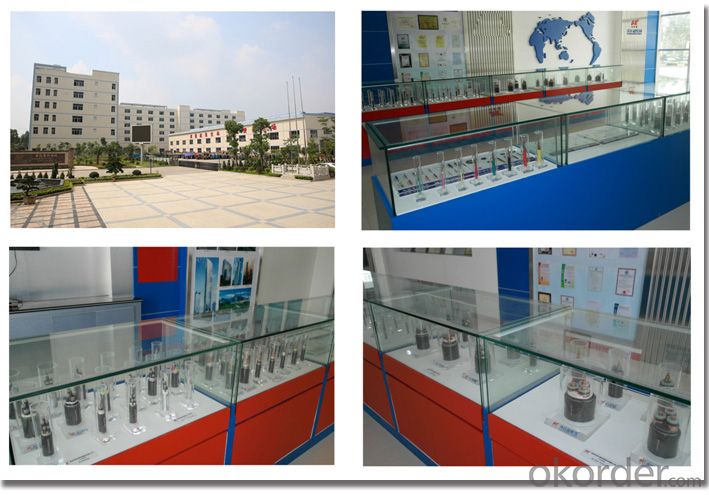
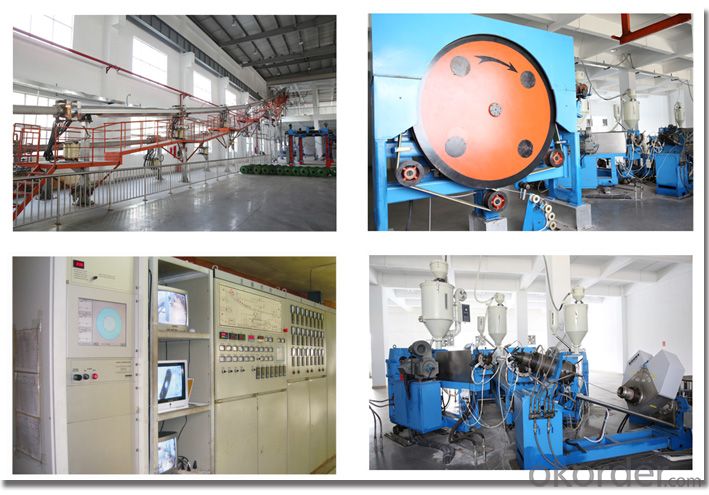
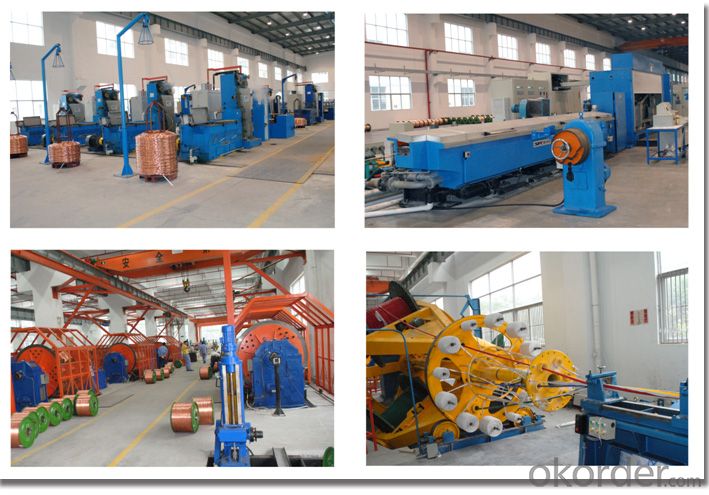

Certificates
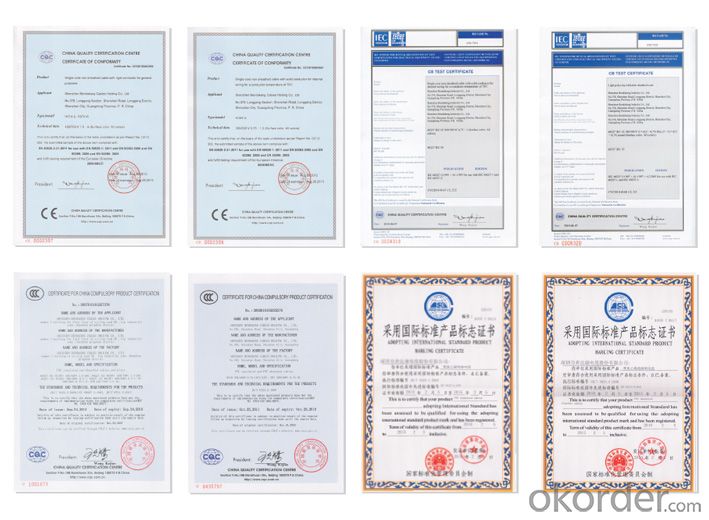

- Q:I have an unused electrical plug outlet that I want to tie into and run 110v to the barn. The plug outlet is 72 feet from the circuit breaker then from the plug outlet to the barn is another 70 feet or so. Is that too long a run or is it within specs?Thanks
- Romex Electrical Wire
- Q:I had a space heater on in a bedroom. I know, dumb idea, but it was plugged in to a power strip, which was plugged into a standard outlet. It was on for about 30 minutes. Then, it just shut off. I thought nothing of it, but when i unplugged the heater and later tried to plug other things into the power strip, the light on the power strip was on (the one that is always on if the strip is getting power), but nothing plugged in would work, even after resetting it. My house s circuit breaker did not trip. After unplugging the power strip, the outlet still works if I plug somethig in. This is probably insanely paranoid of me, but could this cause damage to my home s electrical wiring? Could this cause an electrical fire after everything has been unplugged?Thank you.
- Yes space heaters can. it isn't common but may be possible. Surge protectors aren't extention cords they are a device to protect electronic devices from an electrical over charge or surge. So under high wattage use will fry the electrical connections in the protector. That's probably what happened here. Other times they can catch fire and maybe a small explosion. The largest electric space heaters are around 1500w and draw about 12 amps. Most home outlets are rated at 15A or even 20A. So in good working order most heaters won't hurt an outlet or wiring if that is the only thing on that breaker. If things do go higher the breaker should trip and cut power. If the breaker is old or damaged it may not trip and then somethings gotta give next either the outlet or the wiring normally it's the plug but if two things on two plugs the wire may catch fire. also don't use cheap extention cords they will catch fire you can use extention cords but rated at least 14G for 15A or 12G for 20A.
- Q:Will the three-phase selection of electric wire square root with the power between how to choose?
- no need. What kind of equipment to see the specific needs, and there is no need to use electronic patch panels. For example, a three-story building, the overall point of information together do not exceed . you can even save the patch panel, directly connected to the exchange equipment. Patch panel is very much in the floor, the information point is very much time to do with the management, this management is reflected in the manual plug RJ45 jumper; electronic patch panel is also managed, this management is reflected in front of the PC, through The software interface can be done by the traditional patch panel. **************************** If you did not seriously look at the answer to all of the above, that is, you have not described the problem clearly. The above answer is almost always the same, you do not see it?
- Q:Adding an a/c to upstairs of home, need to run power cable to main power panel. What size wire shoud l use?
- Probably 10-gauge. Check the electrical rating plate on the unit; it will probably say something on the order of 25 amps at 240 volts. As long as it draws less than 30 amps, 10-gauge is fine (with a dual 30-amp breaker); if it takes more, use 8-gauge with a 40 amp dual breaker. If it draws less than 20 amps (not likely, but possible), you can get by with 12-gauge wire and 20 amp breakers.
- Q:i figured because you need to use bigger thicker wire for low voltage , and thinner wire for high voltage. Therefore , you can save wire by using high voltage. I just need someone to confirm this.
- Yes Power Voltage* Current Power lost Current^2 * resistance of wire. So if you raise voltage, and lower current you can deliver more power to the destination (lose less power on the line). Or you can use adjust the thickness of the wire to achieve desired results. Note, for very high voltage, you need to take into account the skin effect, in which the electricity is conducted primarily along the outer surface of the conductor. Edit: I don't think the guy below me even read the question completely before he blurted out his answer. Edit #2: David M is right about skin effect I stand corrected (what was I thinking?!)
- Q:Why does the swan stand on the wire when it does not die?
- GB wire insulation tape off the pipeline line card is another tool hardware building materials stores have
- Q:How to ask what the current of the wire to bear the formula. For example, 1.5 square feet to bear how much the current how to ask the details of the more about the more
- A liquid crystal power supply, LCD power supply to buy the size of the LCD, the power is a spoke number. Power lines, there is a signal line so you can.
- Q:I have an old farm house with 3 out buildings. The main house has electrical service. One out building has a circuit panel that then feeds to an out building and a barn. The out building with a circuit panel used to have separate electrical service but does not any longer. I would like to run a feeder line from the main house to the outbuilding circuit panel which would then provide power to the barn and additional out building. the distance between the two circuit panels is approximately 120'. there is a standard indoor line that runs most of the way. Can these two boxes be tied together at all? With the standard 12/2 line that is in place? What I would be running off this line is basically lights in the barn and 2-3 computers plus a space heater in the outbuilding.Any ideas?
- There are no code limits on general use receptacles on a circuit, however, you want to try to anticipate potential heavy loads that may be on that circuit all at one time. If you're turning them into bedrooms, you can generally put two bedrooms on a 15amp circuit because the biggest load you'll ever plug in is a vacuum cleaner. If you're only doing two rooms, you'll want at least two circuits just for good measure, not necessarily a code requirement. If window AC units are anticipated (unlikely in a basement, I know) then you'll want a 20amp dedicated circuit for each AC unit. Window ACs draw a lot of amps, and if you have a dedicated circuit for each window AC you could turn that run into a 240v circuit should you purchase a 240v AC. If you're just putting in one ceiling fixture in each room, then the lighting can be on the receptacle circuits. However, if you were going to be putting a whole bunch of recessed fixture (I would if it were me) you can only load a circuit up to 80% because lighting fixtures are considered constant use. So if you figure out the amps that your fixture will draw (figure with the largest wattage bulb installed in the fixture, even if you're not going to use the max wattage bulb) you can only put 12 amps on a 15amp breaker and 16 amps on a 20 amp breaker. Also, for general use receptacles and general lighting we normally run 14 gauge wire since it's easier to pull and work with. 12 gauge is generally for where you know you'll have a heavy load. These days with computers, LED tvs, and cfl and led lighting, peoples homes are drawing less and less energy, in general. You definitely should consider a dedicated 20amp circuit for if you're going to be using space heaters, sump pumps, dehumidifiers, etc.
- Q:Why swallow standing on the wire is not afraid of high voltage current
- In the construction of electrical power equipment, dark pipe is generally threading, dark pipe is mostly equipment power supply or independent power supply, there are mixed construction, that is, cable cable cable and then wear pipe, which is long-distance equipment power or independent Power supply, the majority of cable laying cable bridge
- Q:i broke my phone they only way i can fix it is if i know how to reconnect those really paper thin, tape like wires.
- Here are some step: 1. Turn off the power to the broken electrical cable at the circuit breaker in the breaker box that controls the cable. Locate the cable break. If the sheathing is broken but the wires are intact with no damage to their plastic coatings, wrap electrical insulation tape several times around the outer sheathing to cover the damaged sheathing. Start wrapping the tape onto the cable 2 inches from one side of the damage, and continue wrapping until the tape covers the break and extends 2 inches on the other side of the damage. However, if the inner wires are damaged, the cable will have to be cut and a junction box installed. 2. Cut through the cable at the damage using cable cutters. Strip back the outer sheathing 3 inches on each side of the cut, using a utility knife. Strip back the plastic coating from the wire ends 1/2 inch, using wire strippers. Use a screwdriver to remove a knockout hole on each side of a 4-inch metal junction box, and screw a 3/4-inch cable clamp into each of the holes. Attach the box in position against a wall stud with 1 1/2-inch screws. Tighten each clamp by using the screwdriver to tighten the clamp nut on the inside of the box. 3Push each set of wires through the cable clamps so that the cable's outer sheathing rests in the clamps. Tighten the clamps to the cables' outer sheathing with the screwdriver. Place the ends of each set of wires together, color to color, and screw wire nuts onto each set of wires. Make sure all the bare wire ends are inside the nut, except for the ground wires, which aren't insulated. 4Push the wires into the box so that the wire nuts are spaced apart. Place the cover on the box and screw it in place. Turn on the power.
1. Manufacturer Overview |
|
|---|---|
| Location | |
| Year Established | |
| Annual Output Value | |
| Main Markets | |
| Company Certifications | |
2. Manufacturer Certificates |
|
|---|---|
| a) Certification Name | |
| Range | |
| Reference | |
| Validity Period | |
3. Manufacturer Capability |
|
|---|---|
| a)Trade Capacity | |
| Nearest Port | |
| Export Percentage | |
| No.of Employees in Trade Department | |
| Language Spoken: | |
| b)Factory Information | |
| Factory Size: | |
| No. of Production Lines | |
| Contract Manufacturing | |
| Product Price Range | |
Send your message to us
Flat TPS Cable PVC 450/750V 3C Copper AS/NZS 5000.2
OKorder Service Pledge
OKorder Financial Service
Similar products
New products
Hot products
Hot Searches





